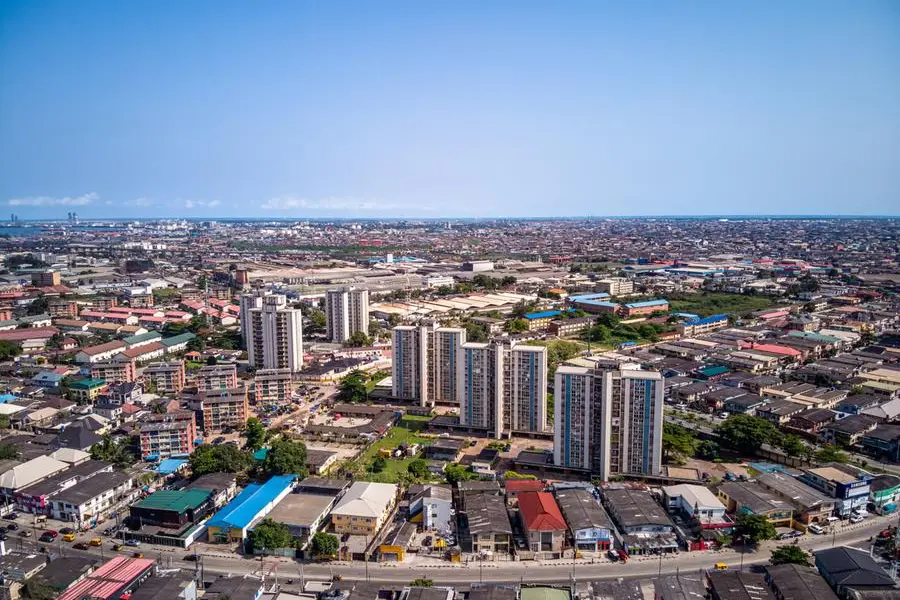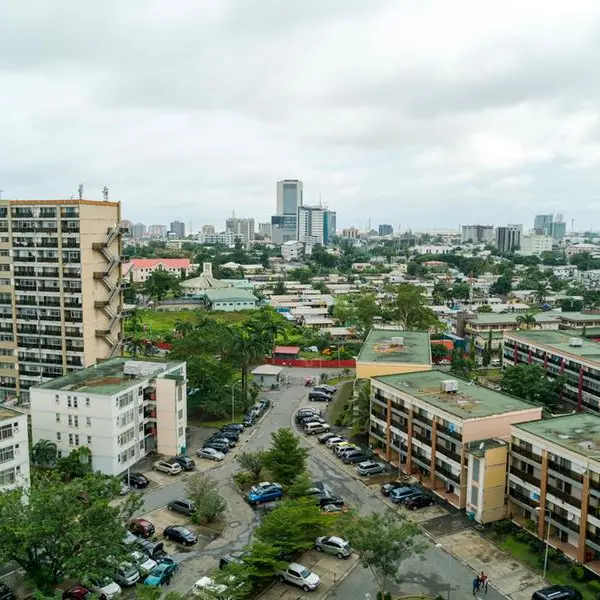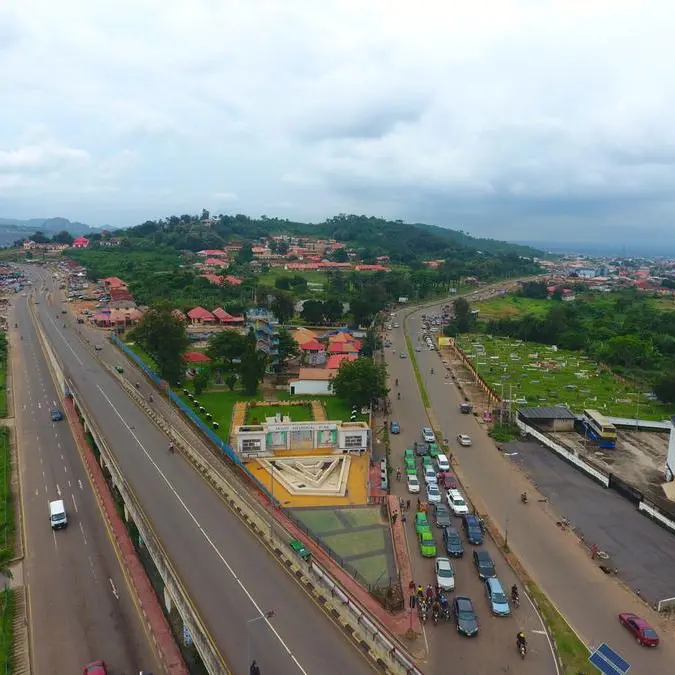PHOTO
Nigeria’s unemployment rate increased significantly in the third quarter of 2023, rising by 0.8percent from the second quarter (Q2) 2023, the National Bureau of Statistics (NBS) has said.
In its ‘Nigeria Labour Force Survey Q3 2023’ report published on Monday, the NBS said the country’s unemployment rate rose sharply from the 4.2percent recorded in Q2 2023 to 5.0percent in Q3 2023.
According to the statistics office, approximately 4.1 percent of the working-age population engaged in subsistence agriculture, reflecting a specific sector’s employment dynamics.
The labor force participation rate dipped to 79.5percent in Q3 2023, down from 80.4percent in Q2 2023, indicating a shrinking active workforce.
Giving a breakdown of the statistics, the Bureau said, “The employment-to-population ratio was 75.6percent in Q3 2023 with a decrease of 1.5percent compared to a ratio of Q2 2023.
“The combined rate of unemployment and time-related underemployment as a share of the labour force population (LU2) increased to 17.3percent in Q3 2023 from 15.5percent in Q2 2023.
“About 87.3percent of workers were self-employed in Q3 2023.
“The proportion of workers in Wage Employment in Q3 2023 was 12.7percent.
“The rate of unemployment among persons with post-secondary education was 7.8 percent in Q3 2023.”
The NBS said unemployment rate among youth aged (15-24 years) was 8.6percent in Q3 2023, recording an ncrease of 1.4percent compared to Q2 2023.
“The unemployment rate in urban areas was 6.0percent in Q3 2023, a slight increase of 0.1percent from Q2 2023.
“Time-related underemployment in Q3 2023 was 12.3percent, showing a slight increase of 0.5percent from the rate recorded in Q2 2023. This shows an increase of 1.4percent compared to the rate in Q4 2022.
Informal employment rate in Q3 2023 was 92.3percent, while Q2 2023 was 92.7percent.
“Percentage of youth Not in Employment, Education or Training (NEET Rate) was 13.7percent in Q3 2023,” the report added.
In response to the evolving labour market landscape and the need for cross-country comparability, Nigeria embraced new guidelines set forth by the International Labour Organization (ILO’s) 19th International Conference of Labor Statisticians (ICLS) in 2014. These guidelines advocated for a broader measurement of labour underutilization, recognizing all forms of work, paid or unpaid. The new standards also aimed to integrate labour statistics with GDP, thereby providing a more holistic understanding of labour’s contribution to the economy.
The previous methodology, based on ILO’s 1983 guidelines, failed to capture the dynamics of the modern labour market, including the significant informal sector and the prevalence of unpaid work in Nigeria. By acknowledging and accounting for these aspects, the new methodology sheds light on a more accurate representation of the employment landscape.
The new methodology has however faced criticism with arguments against its inconsistent application of the 19th ICLS resolution, and overly broad definition of “employed”. It is worth noting that one of the major advantages of the new methodology is its capturing of the informal sector. Also, factoring in the minimum wage rate and its dollar equivalent will buttress that the unemployment figure doesn’t accurately reveal the general living standard
Copyright © 2022 Nigerian Tribune Provided by SyndiGate Media Inc. (Syndigate.info).























